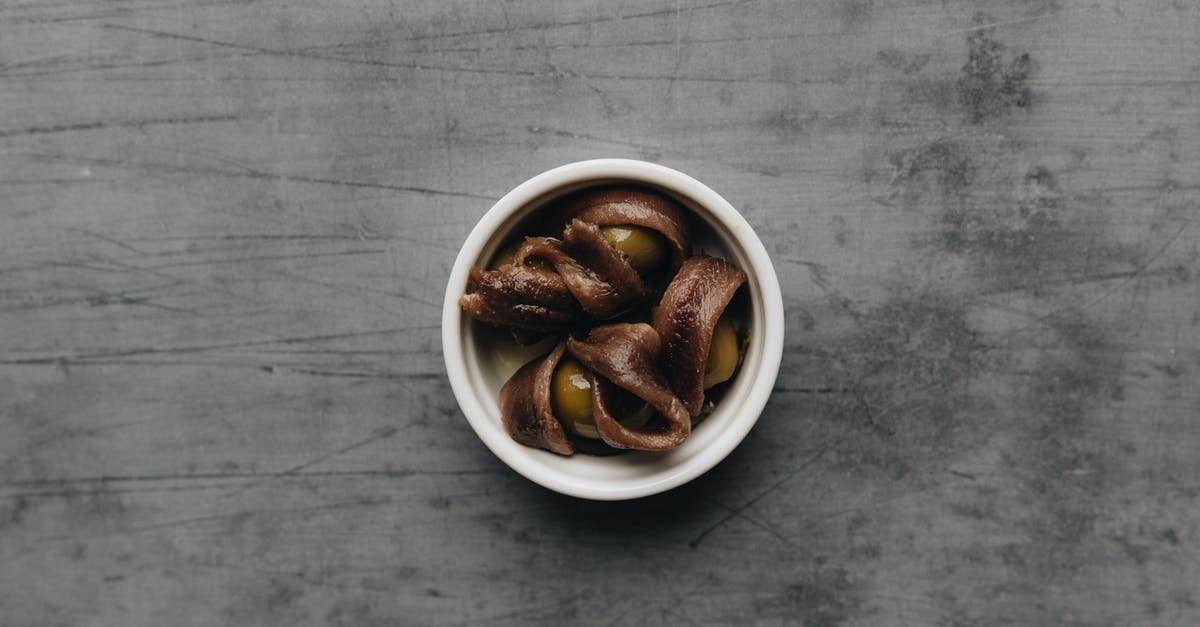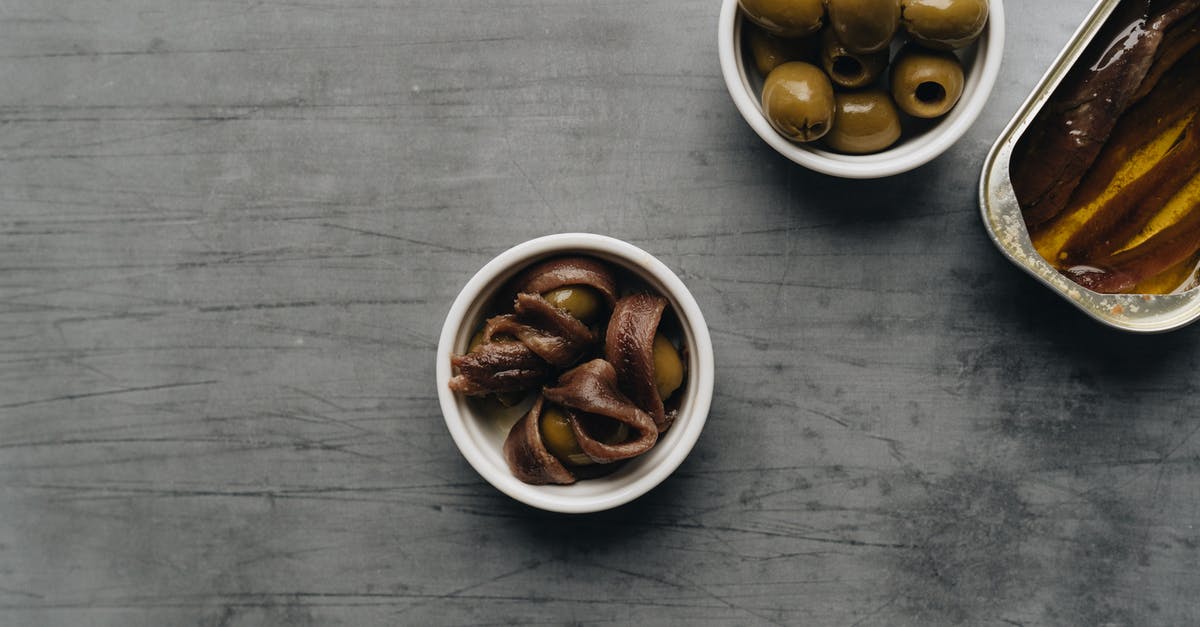How can I troubleshoot unsuccessful knife-sharpening?

I wanted to sharpen my knives, so I took a cheap whetstone, watched a YouTube video for guidance, and got to work. The results are unsatisfying. Is the next step to buy a better whetstone (if there's no point trying with the cheap one I have) or to develop better technique (without which no whetstone will do me any good)? If the latter, what should I do to develop better technique?
Best Answer
Take a marker to your knife edge so you can actually see how you're removing material from your knife.
Additionally you probably need to get another cheap stone and soak it either in water or oil, depending on what the stone calls for. You want to make sure the stone is producing a paste for you, and you want to make sure your stone is flat. Getting better stones won't really help if you're using the stones incorrectly in the first place. Get a one dollar knife you don't really care about and then sharpen the knife till you develop a burr on one side of the knife. Then Do the same thing on the other side of the knife. Then you want to strop your knife on some news paper or on the edge of some cardboard. The actually motion for stropping a knife is the same as sharpening it only stropping is more forgiving than sharpening is.
Additionally, you want make sure you're stop sharpening your knife at the right grit for what you want it to do. I typically sharpen with sandpaper so I can't really give you grit numbers because natural stones have different grits than sand paper and diamond stones. The general rule of thumb is to start on a lower grit to remove material faster and move to a higher grit to get a more refined edge, then strop to further refined edge and to clean up the blade/remove the burr.
Generally speaking, if you're using a general purpose chef knife, you want to keep a consistent angle of around 20 degrees when you sharpen a knife. The marker you paint the edge with will help show you where you're not doing that. it will also show you where you're removing too much material from the blade and where you're not removing enough material from the blade.
A final thing you want to do is to check your blade for nicks. If your blade has nicks in the edge then you're going to have to remove material till you remove the nick in your blade. That could be the issue you're running into. orient the blades edge towards a source of light above you. If you see any reflection then your knife is not sharp there.
Finally, don't put your knives in the sink, dishwasher, or drawer. These environments are all terrible for your knife edges. You're guaranteed to dull your knives considerably if you do any of these things.
Let me know if something still isn't making sense to you and I'll explain it. I know too much about knives.
Pictures about "How can I troubleshoot unsuccessful knife-sharpening?"



Why will my knife not sharpening?
Only very high angles will create edges that feel dull. Sharpening at a slightly higher angle will actually speed up sharpening, but at the expense of maximum sharpness. If the sharpening angle matches the existing angle on the knife, you are in a good position to recreate the edge that was once sharp.Why your knife isn't sharp even after sharpening. A critical missed step
More answers regarding how can I troubleshoot unsuccessful knife-sharpening?
Answer 2
Cheap, hard stones have clogging/glazing problems, making sharpening behaviour erratic and unpredictable. Using them with oil as intended is messy, and failure to apply enough oil can leave them clogged almost permanently and hard to repair.
Inexpensive, soft waterstones (eg the infamous King) will abrade themselves quicker than clogging can occur, but they have a tendency to dish and need maintenance. However, they are always fixable. They are good beginner stones because they do work consistently and reliably.
Harder waterstones have less of a dishing problem, but are also harder to fix once they dish and they can clog (but be repaired).
The marker trick mentioned in other posts is good advice - be aware that some marker is easily removed by swarf/slurry even if no stone contact is taking place, and that some markers can semi-permanently discolor carbon steel and/or be hard to remove, requiring hard solvents (paint thinner, acetone...).
The one aspect often underexplained in sharpening videos (probably because some people get it instinctively right, or happen to use knife steels that make it easy) is burr removal. None of the commonly mentioned techniques will always work on every steel and angle possible, it is imperative to actually test instead of assuming that the burr has been removed satisfactorily.
The advice about "consistent angle" is often misunderstood as "always aim for a V shaped edge with a sharp shoulder" - which is not always best. Holding a steady angle is certainly important when it comes to shaping the actual apex - but there are various possible shapes for the bevel, each with their pros and cons. Avoid large (multiple millimetres) V bevels (unless we are talking a huge, intentional secondary bevel like the kireba on a traditional japanese knife). A single-angle, big V bevel as a primary edge is often a sign that your knife has become thick and wedgy from too much sharpening. Reversing that effect is possible but out of scope here.
Also, it can help to strop (on paper (newspaper, not sandpaper!), leather, wood...flat, not hanging strop) after sharpening, since your edge can still be somewhat misaligned fresh off the stones - however, there is a continuum between an easily misaligned thin edge (OK if wanted that way) and a so called wire edge/foil edge (edge is basically a standing burr/has become hollow-ground on a microscopic level. too thin and unstable. not good).
Answer 3
There's no shortage of advice on this site about how to get the perfect knife. I can and do use various stones and diamond sharpeners for kitchen and other (tool) knives. But to get a home-cook's everyday knife from blunt to usable is a lot of work on a stone, and unless you're a chef or knife-nerd you'll probably put it off until it is pretty blunt. You may also abuse your knives. At least when I put mine in the dishwasher they can't touch each other or anything else metal.
So in practice a labour-saving device is a good idea. You can get a very acceptable edge using an idiot's tool. I have an anysharp, for example. This has a fixed angle that is suitable for many but not all knives. This will also reshape a blade after a botched attempt at sharpening, at which point you can go straight to a fine stone.
Sources: Stack Exchange - This article follows the attribution requirements of Stack Exchange and is licensed under CC BY-SA 3.0.
